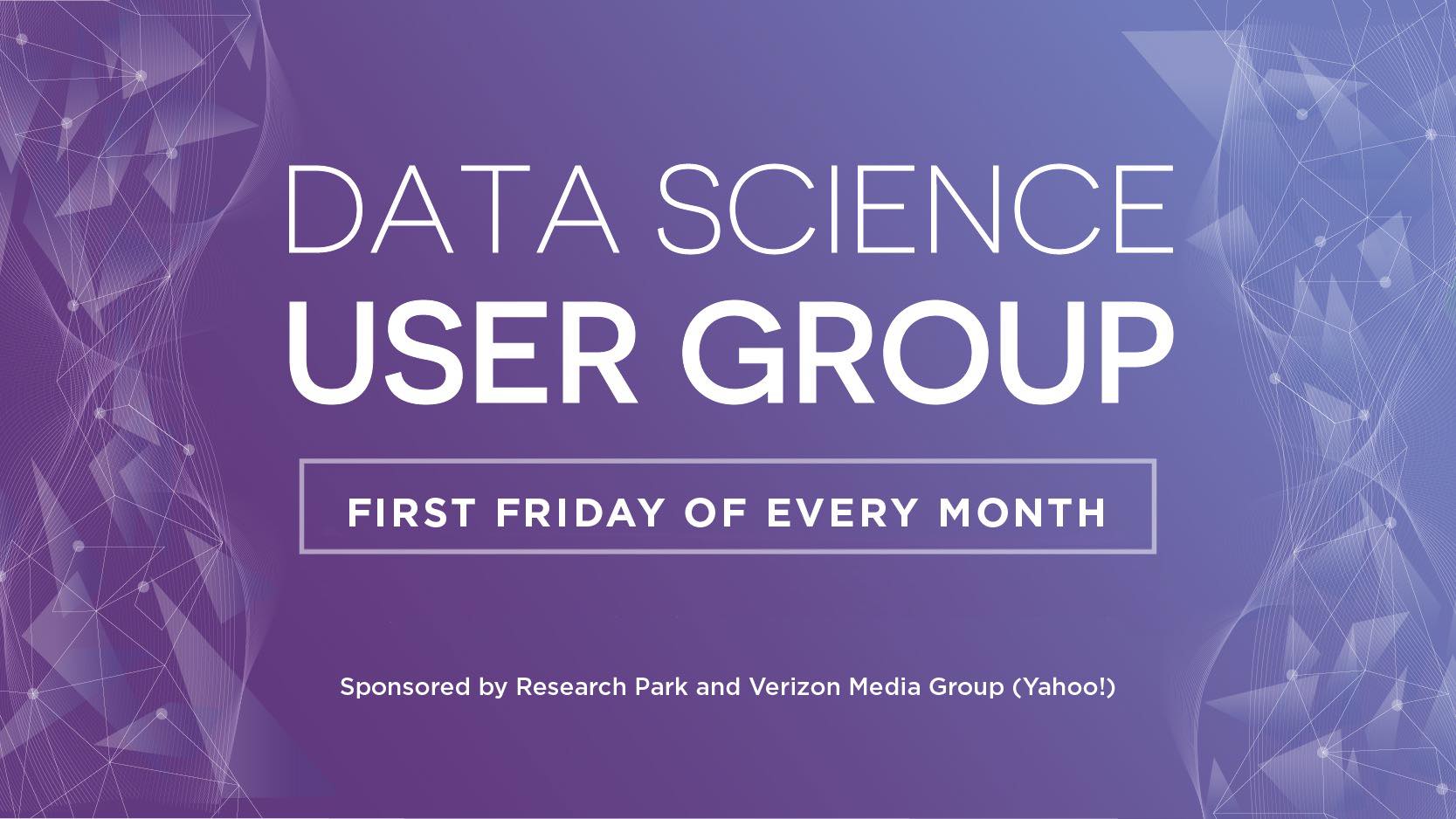At the June 5, 2020, Data Science User Group Meetup, Wade Fagen-Ulmschneider, Teaching Associate Professor of Computer Science at the Grainger College of Engineering at University of Illinois at Urbana-Champaign, discussed his 91-DIVOC website (91-divoc.com) and his journey in using d3.js for providing insightful data visualizations. Joseph T. Yun, Research Assistant Professor of Accountancy and Director of the Data Science Research Service at the Gies College of Business at University of Illinois at Urbana-Champaign, talked about social media analytics and the COVID-19 infodemic.
When the pandemic started to grow into a major issue around March 2020, Fagen-Ulmschneider asked himself, “If I want to understand [COVID-19] better, what can I do with the data?” This question of “What’s possible?” resulted in the creation of 91-DIVOC, a data visualization tool covered by Popular Mechanics, The Verge, and other news outlets.
“Everything you see in this visualization is entirely up to you as a programmer,” Fagen-Ulmschneider explained. He invited attendees to experiment with a COVID-19 visualization in 91-DIVOC. Because 91-DIVOC is customizable, people can better understand COVID-19 data through their own manipulation.
“One of the biggest things I learned is that you have users on mobile…. I spent an immense amount of time customizing the visualization for mobile,” Fagen-Ulmschneider said. In April 2020, nearly 56% of sessions occurred from mobile devices, and 91-DIVOC meets the audience where they are by being built for mobile. “A second thing I learned was that people thought this was far, far too complicated… for the average user,” Fagen-Ulmschneider noted. He pointed out how flexible and accessible the visualization is, highlighting that Cumulative Test Positivity was added later in response to people wanting to compare states’ progress in a different way. “A lot of people started asking me, ‘How do I find other things you have changed?’ Thousands of people look at the change log – I was surprised that non-technical users appreciated seeing the changes.”
When asked why 91-DIVOC is unique, Fagen-Ulmschneider said that, “Every single person has their own question that they want to ask,” and this data visualization tool is unique since it allows people to answer their questions through experimentation with the data. He emphasized that having customizable data is important to people so they can track what they are personally interested in. “Giving users the ability to nerd out with data on their own is really powerful.”
Yun explained The Social Media Macroscope, which is an “app store that lets you analyze social media data.” It is accessible for people with no data science background so they can learn social media analytics. He walked attendees through SMILE and explained that it is just one app available to those who may not have technical skills. “This is a non-programming based visualization… we tried to create an open-source tool… My desire is that other people make apps and put it into the Social Media Macroscope app.”
Yun said that false news related to COVID-19 was a problem that the World Health Organization (WHO) recognized, and the large amount of circulating fake news was known as an “infodemic”. In order to help address the infodemic, Yun and his team began working with the Pan American Health Organization (PAHO) of WHO. He said that considering their audience was important before the team began work. This pre-planning resulted in the team hiring Spanish-speaking professionals who help translate social media analytics. The fact that the data can be explained in both Spanish in English is important because there are few data visualization tools for social media analytics that use or include Spanish.
Ultimately, what the team created was the PAHO COVID-19 Social Media Dashboard, which is specific for PAHO’s use. The dashboard is used by PAHO to tell health ministries how to best address the infodemic. One way to address the infodemic is to use specific Twitter hashtags to search for fake news, to understand reach and engagement, and to disseminate factual news to the public.
Currently, Yun’s team is working on Google trends searches (in English and Spanish), influencers, emotion analyses, and discussion around trending topics such as masks and ventilators. To learn more about Yun’s background and current projects, visit his website.
A video of this workshop will be made available here and on the Research Park YouTube channel.
About Data Science User Group (DSUG)
The aim of the Data Science User Group is to build a community of interest around data science to foster learning, collaboration, and networking. The group serves both students and professionals to bridge the gap between the analytical sciences and practical applications of industry.
To view other Research Park events, visit our Event Calendar.

